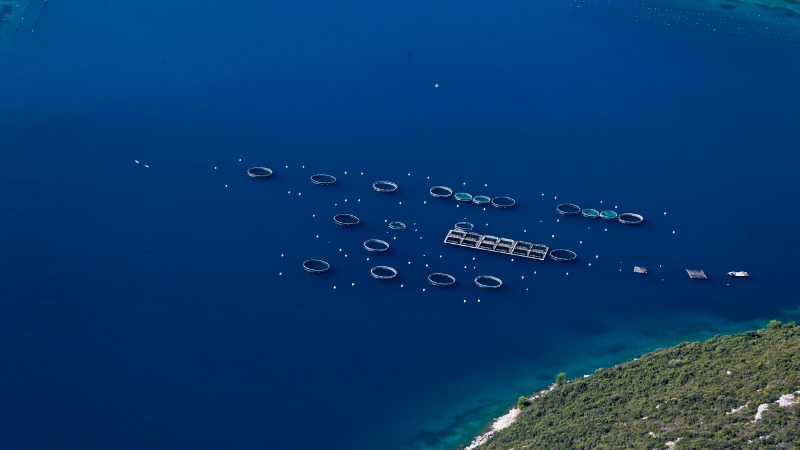Linee guida per lo sviluppo della maricoltura in Montenegro

Aquaculture is a dynamic industry with annual growth rate of around 10.8%, with a high profit rate, particularly in developed countries (FAO, 2012). World mariculture production (18.3 million tonnes) comprises marine molluscs (75.5 percent, 13.9 million tonnes), finfishes (18.7 percent, 3.4 million tonnes), marine crustaceans (3.8 percent,3.9 million tonnes) and other aquatic animals (2.1 percent, 0,33 million tonnes). The share of molluscs (mostly bivalves, e.g., oysters, mussels, clams, cockles, ark-shells, and scallops) declined from 84.6 percent in 1990 to 75.5 percent in 2010, reflecting the rapid growth in finfish culture in marine water, which grew at an average annual rate of 9.3 percent from 1990 to 2010 (seven times faster than the rate for molluscs(FAO, 2012). World per capita apparent fish consumption increased from an average of 9.9 kg in the 1960s to 19.2 kg in 2012 (preliminary estimate). World food fish aquaculture production expanded at an average annual rate of 6.2 percent in the period 2000–2012 (9.5 percent in 1990–2000) from 32.4 million to 66.6 million tonnes (FAO, 2014).
Considering the intensive growth of the human population worldwide and that food availability in many countries is decreasing, it is necessary to intensify the production of healthy food in existing areas and also to identify additional locations. Experiences of many coastal countries in the process of production of healthy food in the sea resulted in the fact that mariculture today is a strategic development industry. Mariculture provides opportunity for producing protein rich food and economic development of the area in which the farming activity is done. Considering that development of this sector in the Boka Kotorska Bay is limited in terms of development of industrial production in mariculture, potential threats to marine and coastal diversity of species are negligible (Mandić et al., 2016).
Although the Fishery Strategy of Montenegro 2015-2020 provides for an increase in production of autochthonous species, particularly as regards bivalves, the production growth is still limited, considering the natural potential, but long-term prospects are quite good. Over the past few years, the global production in aquaculture has been increased and reached a point above 50% of commercial fish catch in fishery. Farming of fish and other marine organisms in Montenegro is done based on the following: the Law on Marine Fishery and Mariculture, the Spatial Plan for Special Purpose Area for the Coastal Zone, the Law on Environment, the Law on Environmental Impact Assessment, the Law on Nature Protection, and secondary legislation applicable based on the abovementioned laws.
Documents
Posted on 16 febbraio 2022






